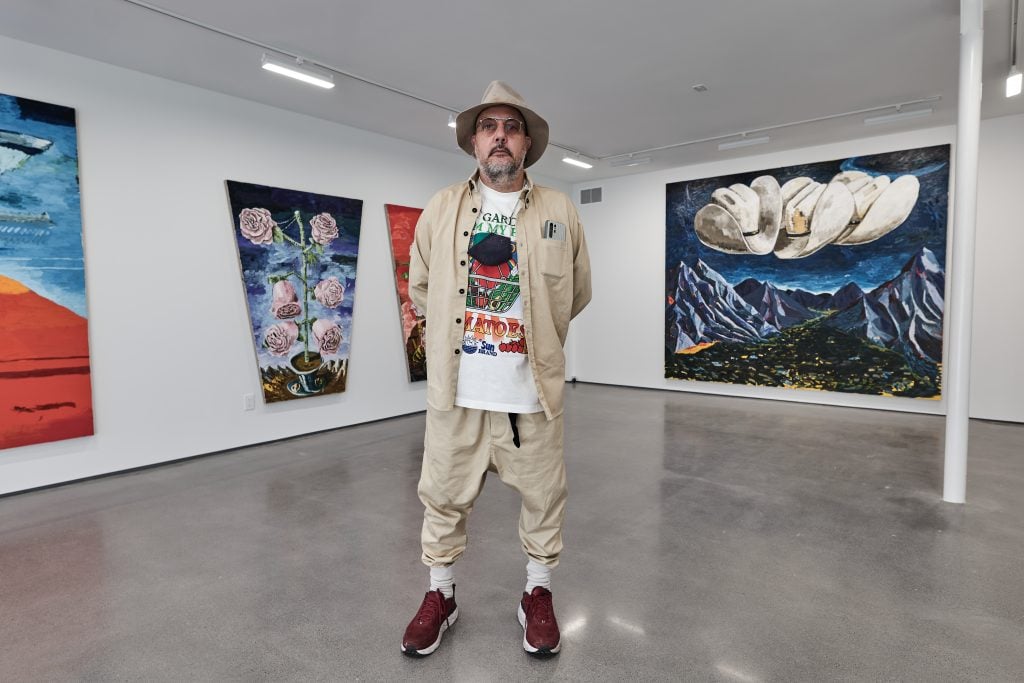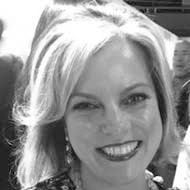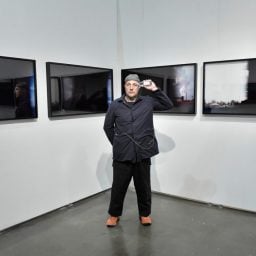A version of this article originally appeared in the Artnet News Pro fall 2022 Intelligence Report.
It was early 2014, and I was working on a story about an emerging art bubble. Red flags of the previous bubble (the one that ended with the financial crisis) were suddenly everywhere: sold-out shows, waiting lists, “buy one give one” demands by galleries and, of course, quick resales with massive upside.
“There’s a person behind this,” a source told me on a windy January day, “but you didn’t hear it from me.” The name—Stefan Simchowitz—didn’t ring a bell. I googled it and found almost nothing related to the art world. So I called him.
The rest is history. My story inadvertently let the genie out of the bottle—and introduced the man later dubbed by the New York Times “The Art World’s Patron Satan.”
I’ve stayed in touch with Simchowitz over the years. As I tried to untangle the origin of surging prices for this or that emerging artist, the breadcrumbs of reporting inevitably led me back to him. First it was Oscar Murillo and Lucien Smith, then Tschabalala Self and Amoako Boafo. Despite being blacklisted by many galleries, he managed to gain access to the work, flip it, and make huge profits.
So it only made sense to seek Simchowitz’s views on the explosion of flipping around the globe and artists’ attempts to gain control over it. He immediately took issue with the premise—which he referred to as “the neoliberal narrative”—of artists as victims being taken advantage of by rich collectors.
“It’s bullshit,” Simchowitz said in a telephone interview. “The artists have huge amounts of power today.”
Below is an edited version of our conversation.
Flipping has entered the mainstream in the years since Zombie Formalism. The prices we are seeing now are just eye-watering. You have created a monster.
I’m not smart enough to create a monster. I just saw the monster coming, and I understood the power and the forces that have occupied human speculation. The price is the product. The product is the price.
If you read Rogues’ Gallery, Philip Hook’s book, and you look at art dealers [Daniel-Henry] Kahnweiler and [Joseph] Duveen, this has been going on for years. The collectors who have had a complete monopoly on speculative advantage through their institutional structures no longer have that monopoly.
What is the biggest change, in terms of speculation, from 2014?
The scale of it and the speed and the pervasiveness of it are so enormous that you can’t hide it anymore. So, you have to bring it out into the open. Sotheby’s is going to say to a gallery, “We’ll just sell the stuff directly at auction on your behalf.” It’s the levels, the numbers. It’s reflective of a crisis of global liquidity that created an enormous asset bubble.
What hasn’t changed?
There’s this speculative frenzy, where everyone believes everything that gets made and sold is worth gold. And this, I think, has actually created, in essence, the opposite problem in the market, where pricing has been inflated, where distribution has been restricted, because everyone thinks that they have a lottery ticket—and they don’t.
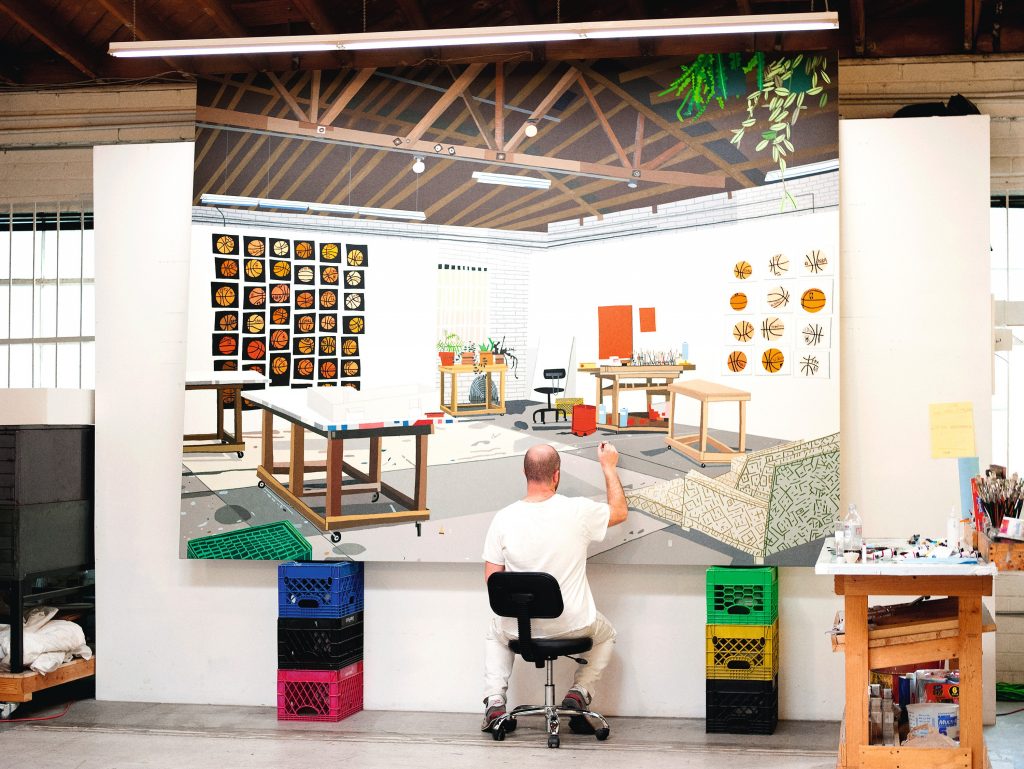
Aubrey Mayer, Jonas Wood (2012). Courtesy of Sotheby’s.
How can artists benefit from their strong secondary markets?
I think the artists who are successful consistently at auction end up making so much money—Jonas Wood, Mark Grotjahn, Mark Bradford. It’s movie-star money from the 1980s. I mean, they make more money than George Clooney and Will Smith. Guys like Grotjahn and Wood make more than $30, $40, $50 million a year. These guys benefit from the secondary market in a massive way.
Those artists are established at this point. But what about the artists who are just starting out?
The artists are setting up buying networks to bid up their own works, at auction. The artists are consigning directly, either through a proxy or via themselves, to auction markets in globalized rig bidding pools. And eventually it works because the guys in Asia and China are like, “Oh, wow, look at this! It has got price stability, and the prices are high.” They start to buy the work. A lot of that occurs with artists who are outside of U.S. jurisdiction.
Have you thought about sharing the upside with the artists when you sell their works and reap huge profits?
When I buy something from a gallery that has blacklisted me and I’m lucky or smart enough to get access to the material, I don’t share the upside. But when I have relationships, yeah, absolutely. I’ve shared upside on many occasions with artists whom I manage and finance.
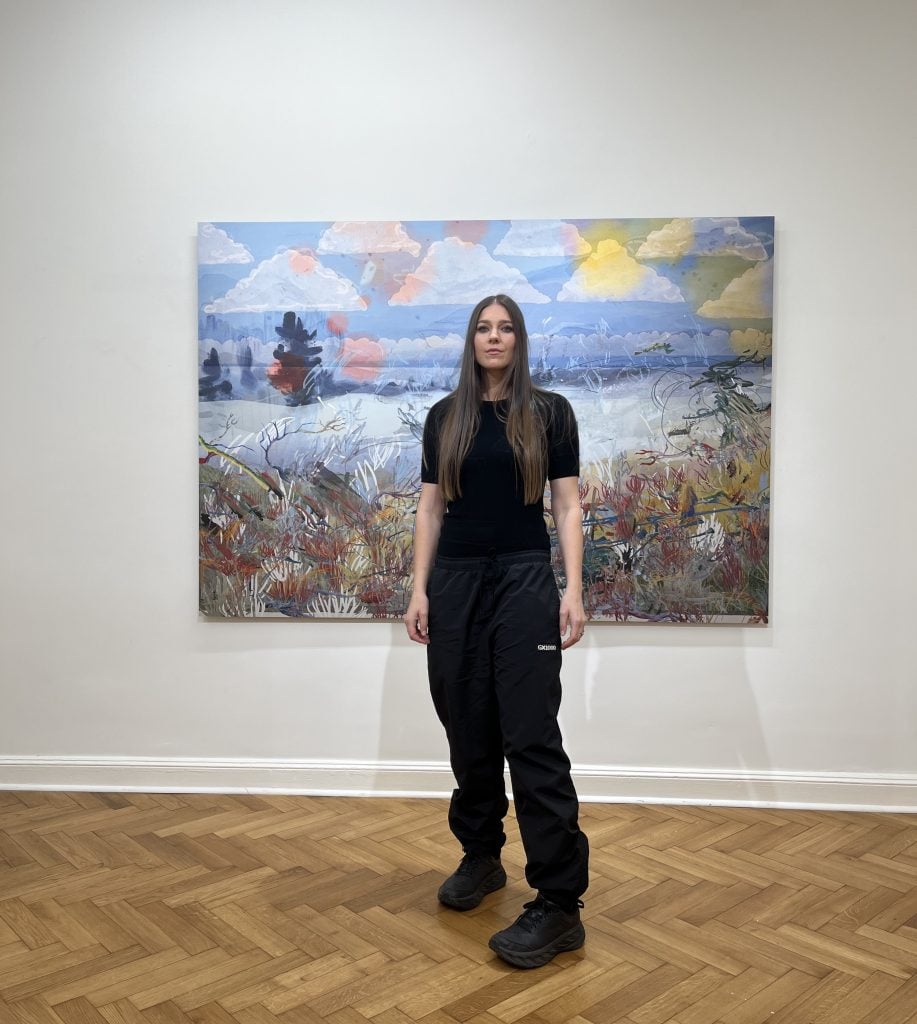
Petra Cortright. Courtesy of the artist.
What percentage do you share with artists? Is there a range?
The range is none of your business. I think about balancing my checkbook to maintain relationships. If economic relationships are outta whack, you don’t maintain them. I consider all my artists, who I work with, as partners.
If you look at my relationships with artists like Petra Cortright, who I’ve worked with for 11 years, it’s not for the poverty of a good reputation that I’ve been able to maintain my working relationship.
Makes sense.
There are many works you buy which you lose money on. When you buy a portfolio of works, sometimes you get lucky, but you don’t get lucky often.
I feel like you get lucky pretty often.
I get lucky often because I take risks. And other people are unwilling to take those risks.
Speaking of other people: There are a lot of new players in the market.
New players have entered the fray and are lowering its quality dramatically. We’re in this phase of transference now, where cultural production and consumption have clashed in sort of an epic battle. There’s no clarity. There’s huge amounts of movement. There’s velocity, there’s capital. This phase will die down. Things will become more sophisticated. More players and investment will come into the market to stabilize it and then really refine what’s going on in terms of a new topology of cultural production and distribution.
That third phase will emerge over the next decade.
To download the full fall 2022 Artnet Intelligence Report, available exclusively to Artnet News Pro members, click here.
